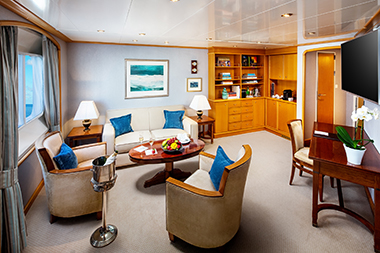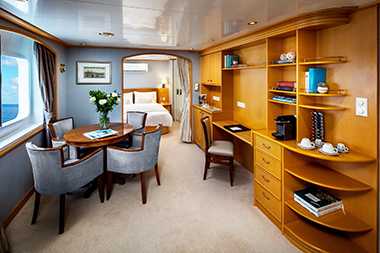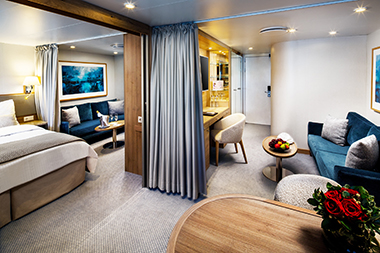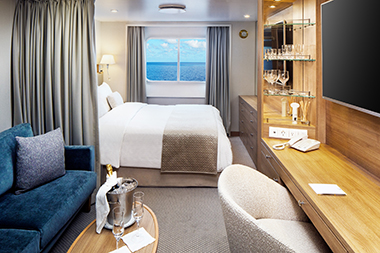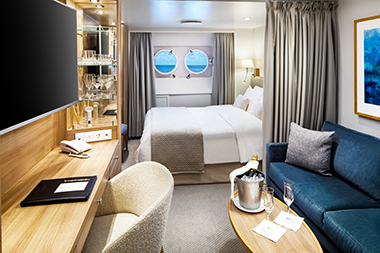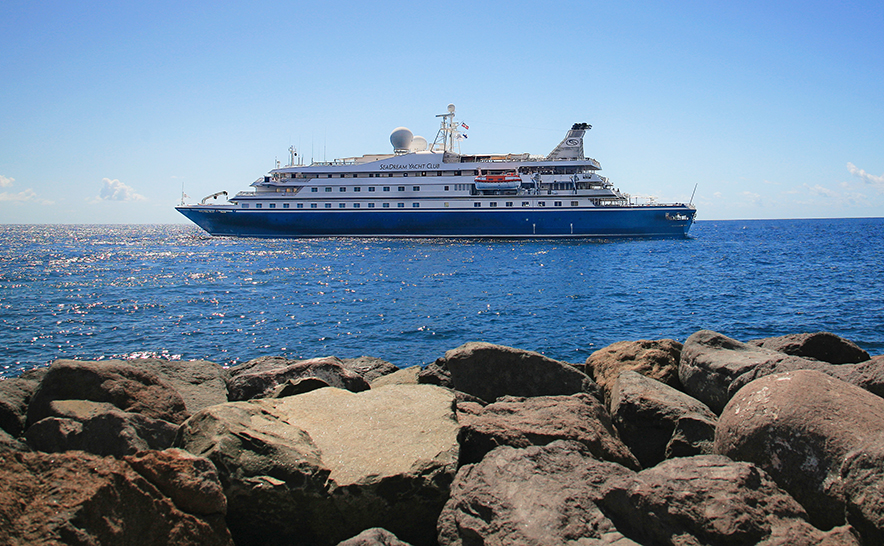
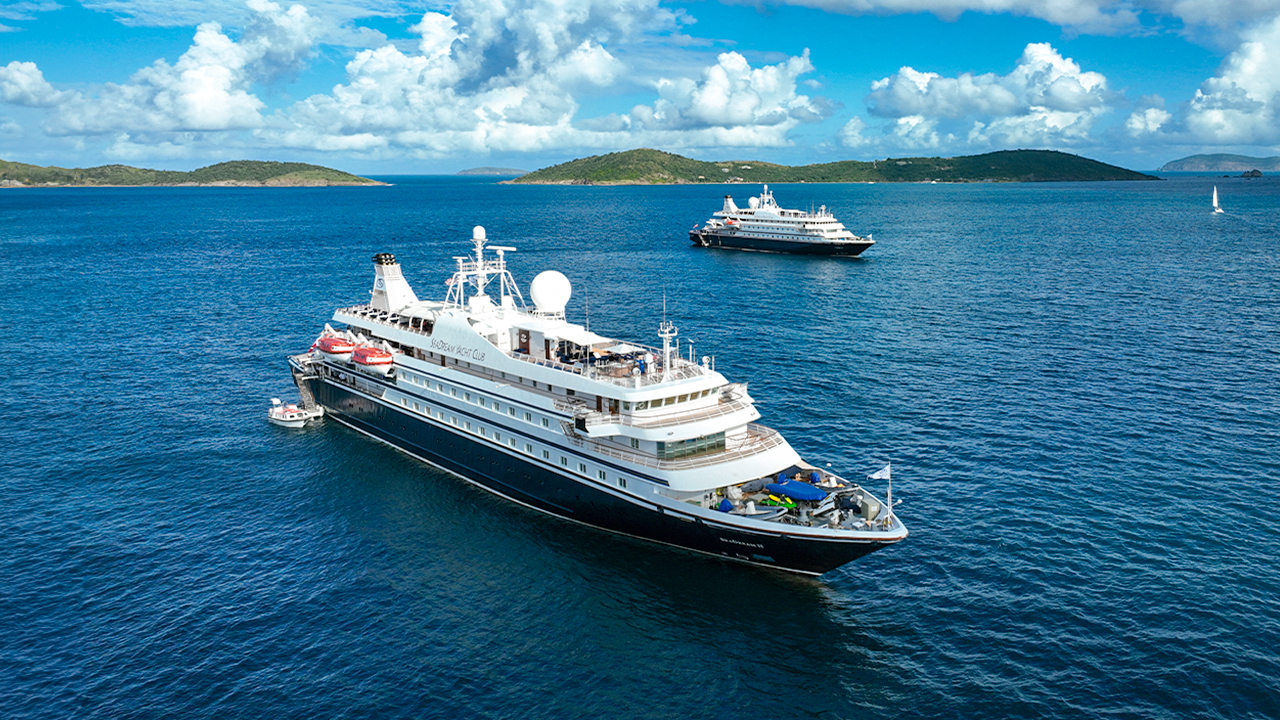
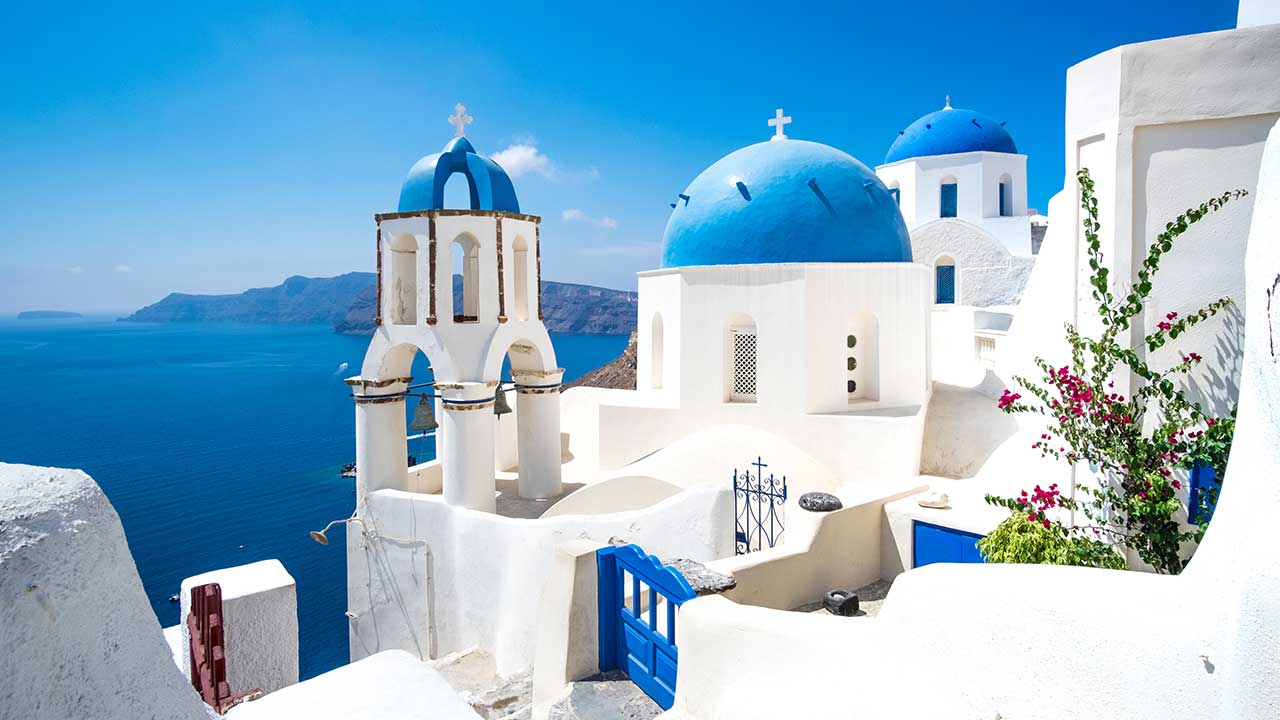
Santorini, officially named Thira, is the southernmost Greek island that is within the Cyclades archipelago, in the southern Aegean Sea. Part of the regional unit Thira, the municipality of Santorini is comprised of the island Santorini, Therasia, and other uninhabited islands of Christiana, Palaia Kameni, Aspronisi, and Nea Kameni. The geological history of Santorini is quite complex due to the area’s volcanism and is currently a water-filled caldera: a rectangular lagoon that is surrounded by three steep cliffs. The name Santorini is a contraction of the name Santa Irini, which is based on an ancient cathedral found in the island’s village of Perissa. This name was given by the Latin Empire in the 13th Century. During the Ottoman Empire, Santorini was called “Santurin” or “Santoron”, and in early times, it was named Kalliste, Strongyle, and Thera. Santorini is the site of the Minoan Eruption (also known as the Thera Eruption), one of the largest eruptions ever in recorded history. The origins of Plato’s story of Atlantis is believed to have a connection to this eruption that destroyed the early settlements on what was formerly a single island. The descriptions found of Plato’s Atlantis strongly resembles Thera, and with seismological, archaeological, and volcanological evidence, these claims are further supported. There is also speculation that the eruption is related to the Exodus of the Israelites, as well as causing the plagues described in the Bible in ancient Egypt. The economy is sustained by two principal industries: tourism and agriculture, and has recently been voted as one of the world’s most beautiful islands in various outlets such as the Traveler’s Choice Awards in 2015. The wine industry in Santorini is becoming more relevant as well, made up of Assyrtiko, Athiri and Aidani grape varieties, which is best exemplified in Vinsanto (“holy wine”) which contains all three Aegean varietals. Although Santorini is highly arid, it’s unique ecology and climate allows it to grow unique and prized produce, such as cherry tomatoes, Lathyrus clymenum (a legume), and capers. Thus, tourists indulge in local specialties such as Brantada, Fava, and the traditional dish Santorinio Sfougato.
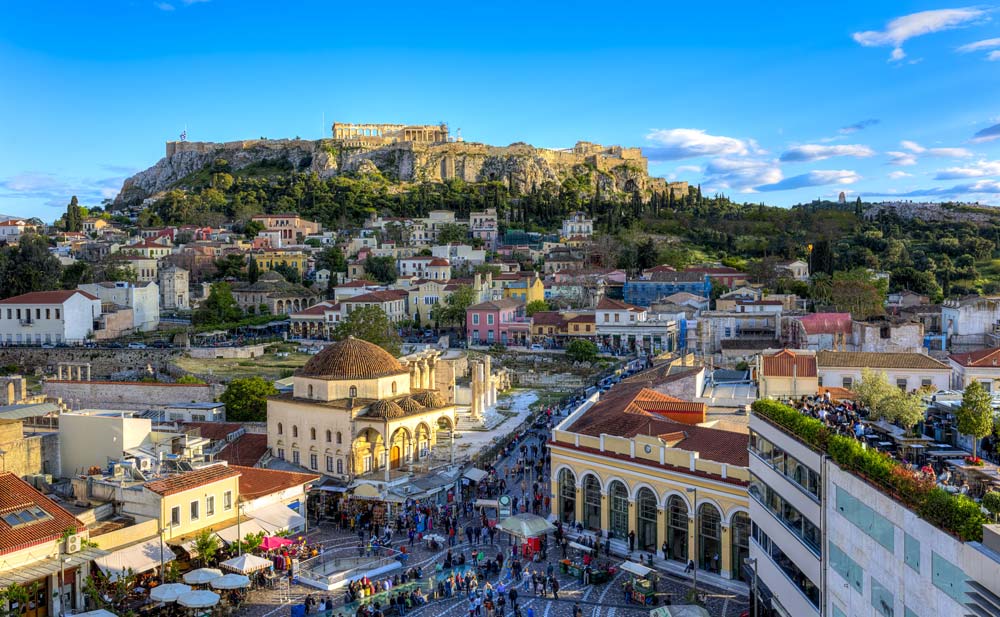
Piraeus, roughly translating to “the place over the passage”, is an important Greek port located within the Athens agglomeration, in the Attica Basin. It is 12 kilometers from the municipality of Athens, considered the fourth largest and is the third most populous amongst all the municipalities of Greece. Now a peninsula, Piraeus, originally a rocky island, was developed in early 5th Century B.C. when it was initially designated as Athens’ import and transit trade port. It is the largest marine-based shipping center of Greece, one of the largest ports in Europe, and considered the second largest passenger port in the world. Inhabited since the 26th Century, it wasn’t until the 6th Century B.C. that Piraeus began catching attention. The land of Piraeus was essentially impassable, flooded by the sea most of the year until centuries passed and the flooding ceased. By the 5th Century B.C. it became a navy base for the Athenian fleet for the natural harbors and the strategic potential they carried. Athenian general and politician Themistocles fortified Piraeus’ three harbors Kantharos, Zea and Munichia, created ship houses and completed his walls in 471 B.C., which led to the port becoming a great military and commercial harbor. There are many archaeological sites, points of interest and entertainment available in Piraeus. Most famous for its tavernas and cuisine, several popular events take place in Piraeus, such as the Ecocinema International Film Festival, the Maritime Festival, the Piraeus Rock Wave Festival and the Three Kings’ Way Festival. There are also many theaters, including the Municipal Theater, the open air Veakeio Theater, and the Menandreio Theater. Museums in Piraeus include the Archaeological Museum of Piraeus, the Merchant Shipping History Institute Exhibition, the Panos Aravantinos Decor Museum, the Georgios Averof Museum Ship and the Museum of Electric Railways. Be sure to catch the panoramic views available from the hill of Kastella, overlooking Athens and the Saronic Gulf!
Suites & Staterooms
*Single Supplement for this voyage is 125% for Yacht Club Deck 2, 3 and 4. For Commodore, Admiral and Owners Suite, a 200% single supplement rate applies.
Government, Port, Document Issuance, Handling & Service fees: $825 per guest (included)
Please Note: Fares are capacity controlled and may change without notice. The fares are per person based on double occupancy. Single and third person rates are also available. SeaDream Yacht Club strongly recommends that all guests purchase travel insurance.
Yachting Land Adventures & Activities
Please check back soon for updates.
Testimonials
The crew was fabulous, we were treated like kings & queens, very personal, like no other experience we've ever had. See you next year and every year thereafter. Mr & Mrs AmbroseTexas
The ship is amazing but the icing on the cake was the wonderful staff. Mr & Mrs SouthonGreat Britain

